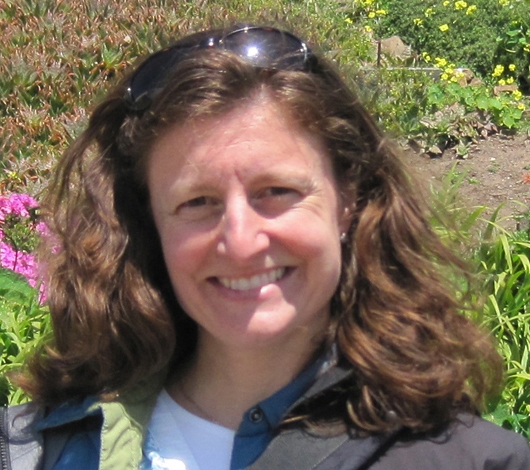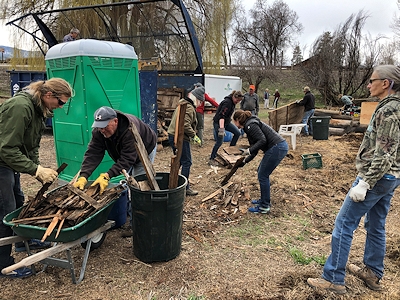Methow Valley shows us creative ways to build community
WINTHROP — If you want to learn innovative ways to build community, the Methow Valley is an excellent place to visit. Every time I come to the valley, I learn about some new approaches people here are taking to make the valley a better place in a way that brings people together rather than drives them apart.

Sarah Brooks, the associate director of the Methow Conservancy, is someone with her finger on the pulse of creative community building. I stopped by to chat with her about recent developments.
She highlighted a few noteworthy developments that demonstrate this commitment. The first is the acquisition of 146 acres owned by the Heckendorn family at the edge of Winthrop. While the Methow Valley has rich opportunities for access to the outdoors, there’s not much within walking distance of town.
The Heckendorn property has excellent habitat for mule deer and has stunning views, Brooks said. It’s property that would have been ripe for development, but Bob Heckendorn chose to sell it to the Methow Conservancy for the benefit of the community.
Tina and Eliot Scull of Wenatchee, who have been leaders in the effort to conserve land in Chelan and Douglas counties and who own property in the Methow, funded the acquisition. The property will be developed for public access in coming years.

The Scull’s contribution was instrumental in inspiring others to follow their example. Phil and Cathy Davis acquired property near the bridge leading to Winthrop to create a park dedicated to salmon. Ultimately, what was a place for horses and storage will have a trail, art by a member of the Methow tribe, and other infrastructure.
“The Sculls also inspired another couple, Dick and Nancy Gode, to make a similar gift that allowed us to also purchase a piece of property in Mazama that we will develop for public access to the river,” Brooks said.
The beauty of these kinds of projects is that the more people who get involved, the greater sense of ownership is created in the community.
The Conservancy is also deeply involved in a 4th grade science program. Once a month, volunteers work with students to explore science on the 110 acres of land owned by the school district.
Working with the kids to develop curiosity and wonder about the natural world is a labor of love – “the best Friday of the month,” Brooks said. At the end of the school year, thanks to the support of Methow Conservancy donors, all 4th grade students receive a field guide and a Discover Pass to visit places that a number of students wouldn’t otherwise have the money to see.
With all of the money flowing into the valley, it’s easy to forget that many families are economically challenged here. The Conservancy has been a leader in working to make sure there is access for everyone.
Finally, Brooks and I talked about a most unique program that is being launched by the Methow Conservancy that reflects their commitment to community success rather than just conserving land.
A mobile meat processing unit is being purchased to help small producers process meat that is USDA certified, which will allow locally produced meat to be used in restaurants and markets.
Brooks said the purchase of the meat processing equipment raised some eyebrows among folks who view the Conservancy as solely a land conservation organization. “It’s a holistic way of thinking,” said Brooks. “It’s not just about making sure acres are protected but also about making sure people have places to live and are eating well,” she added.
There’s a terrific video on the project featuring the conservancy’s agriculture coordinator, Alyssa Jumars at www.methowgrown.org/usdameat.
When nonprofit organizations are concerned not only about their own mission but about the community as a whole, this breeds collaboration and creative solutions to challenging issues.
I appreciate the Conservancy’s commitment to community vitality and resilience.

